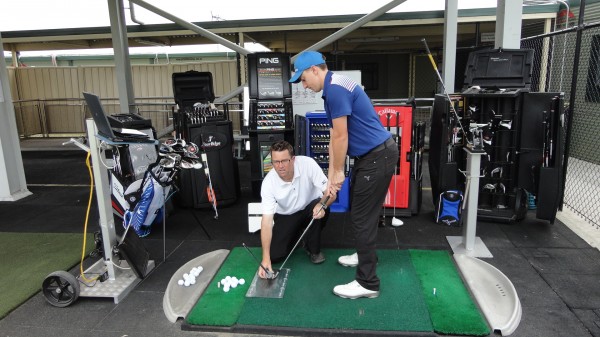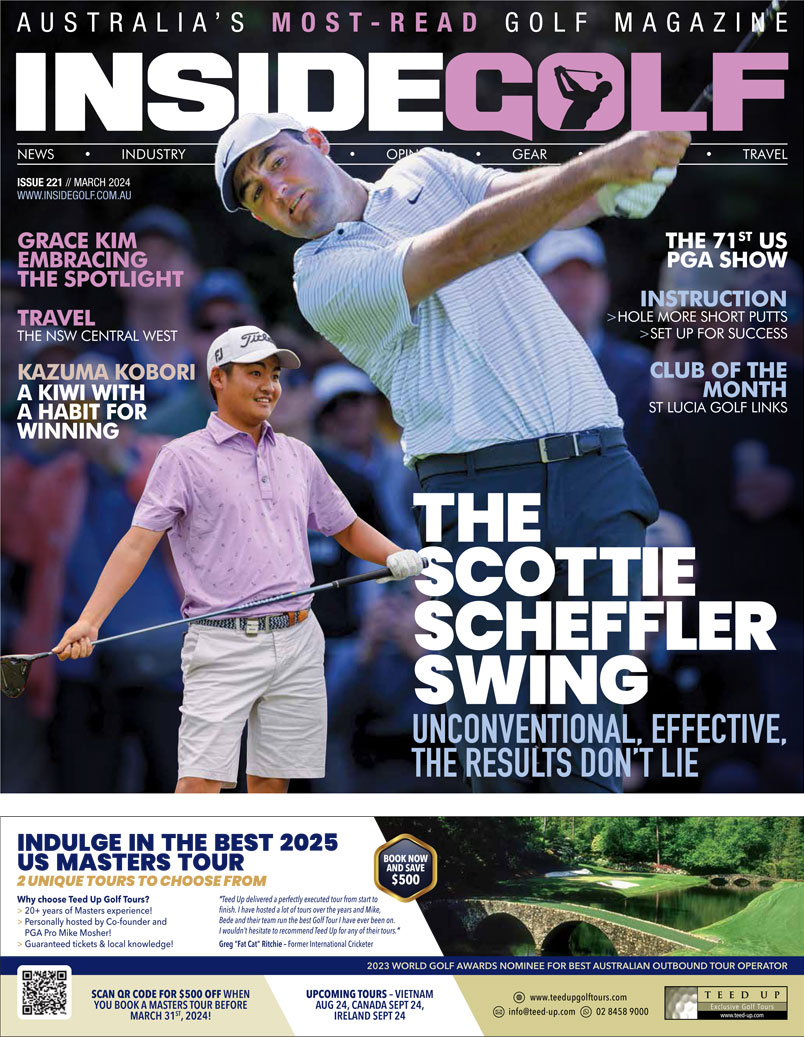
As a golf coach, I have always enjoyed the process of combining golf instruction with club fitting, mainly because I learned early on that the two go hand in hand. For instance, if a client is slicing their shots, to reduce the left-to-right spin on the ball, I must determine what was responsible. Is it the golf club, the player’s technique or both?
As a side note, The Sydney Putting Studio has been growing (thanks to everyone who reads our articles in Inside Golf, and those of you who have visited the Studio for your interest and support) we felt the natural progression was to invest and create The Sydney Club Fitting Centre. Also based at The Ridge Golf Course at Barden Ridge in Sydney. The Centre was launched on December 1, 2012
Over the coming months, I will be alternating my articles in Inside Golf between putting, club fitting and coaching in general
I have chosen in this article to write about the lie angle of a golf club, simply because it amazes me just how many club golfers do not know what a lie angle is and how important it is to ensure they are checked and adjusted to suit your swing
In case you are wondering, the sequence I follow when club fitting (assuming we are referring to irons) is as follows:
1) Posture and weight placement
2) Club length
3) Lie angle
4) Shaft make and flex
5) Club head weight
6) Grip thickness
By definition, the “lie angle” is the angle formed from the centre of the shaft to the sole (bottom) of the club head measured when the groove lines on the club face are parallel to the ground at address (this is normally referred to as the static lie angle)
For me, a more important measurement is the ideal lie angle for each player AT IMPACT (this is normally referred to as the dynamic lie angle) i.e. which point (toe, heel or centre) of the club head is striking the ground and the ball, mainly because, over the years I have seen firsthand many golfers that have the toe of the club up in the air at address, only to return to impact with their hands higher resulting in a shallow even divot and a centre face hit, so this angle is the correct one for them even though the club looked a little strange at address. Many shots need to be hit to determine this. If the lie angle is incorrect, each club can be adjusted using a lie and loft machine, we have one on site at The SCFC
HOW DOES LIE ANGLE AFFECT YOUR BALL FLIGHT?
If the toe of the club is pointing up at impact the lie angle is considered too upright, and if the heel of the club head is up at impact the lie angle is considered too flat. Upright lie angles produce shots that tend to pull or hook, while flat lie angles produce shots that tend to fade, or slice. (Or, to put it another way – upright lie angles make it easier to close the club face; flat lie angles make it easier to leave the club face open)
It is also important to mention that the shorter the golf club length and higher the loft, the more a poor lie angle will mis-direct a shot. We will discuss this in more detail in future articles
If you have any concerns over any of your golf equipment, please do not hesitate to contact us!




![Win the golfing experience of a lifetime, at the Hawai‘i International Week of Golf, valued at $6,900 [Winner Announced] Win the golfing experience of a lifetime, at the Hawai‘i International Week of Golf, valued at $6,900 [Winner Announced]](https://www.insidegolf.com.au/wp-content/uploads/Hawaii-Comp-500x294.jpg)